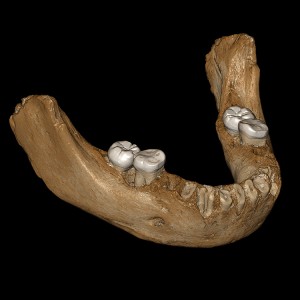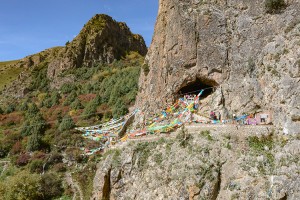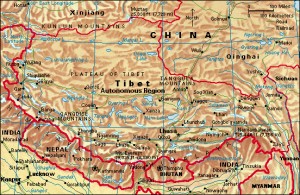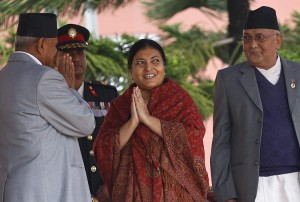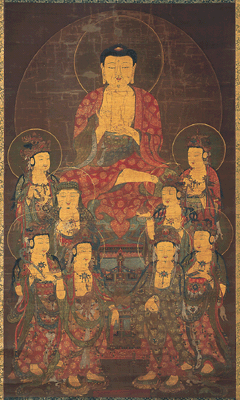Edmund Hillary 100
Monday, July 22nd, 2019July 22, 2019
Saturday, July 20, was the 100th anniversary of the birth of the famed New Zealand mountain climber Sir Edmund Hillary in 1919. Hillary was one of the first two men to reach the top of Mount Everest, the highest mountain in the world, and return. On May 29, 1953, he and Tenzing Norgay, a Sherpa tribesman from Nepal, reached the summit, which at the time was thought to be 29,002 feet (8,840 meters). Its official height now is 29,035 feet (8,850 meters). Queen Elizabeth II of the United Kingdom knighted Hillary for his achievement. Hillary died on Jan. 11, 2008.
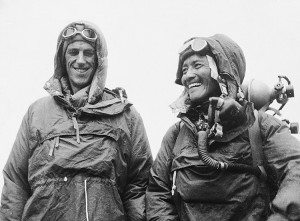
Sir Edmund Hillary, left, and Tenzing Norgay, right, became the first two men to reach the top of Mount Everest and return. Hillary was born 100 years ago on July 20, 1919. Credit: AP/Wide World
Hillary made his first five expeditions on Himalayan peaks after World War II (1939-1945). He climbed part of the way up Everest in 1951 and 1952. He recounted a 1953 climb in the book, High Adventure (1955). In 1957 and 1958, he blazed a trail from McMurdo Sound in Antarctica to the South Pole for Sir Vivian Fuchs’s transantarctic expedition.
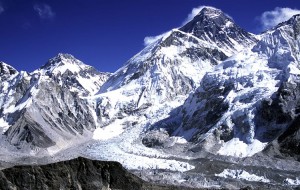
In 1953, Sir Edmund Hillary and Tenzing Norgay climbed Mount Everest in the Himalaya range on the frontier of Tibet and Nepal. Credit: © Robert Preston, Alamy Images
In 1960, Hillary headed an expedition, which was sponsored by our own World Book Encyclopedia, to climb 27,824-foot (8,481-meter) Mount Makalu I (also in the Himalaya). The expedition tested the ability of human beings to live without oxygen at high altitudes. The climbers also searched for but did not find evidence of the Yeti, a hairy beast said to live in the Himalaya and other mountainous areas of central and northeastern Asia. With the author Desmond Doig, Hillary wrote High in the Thin Cold Air (1962) about the expedition.
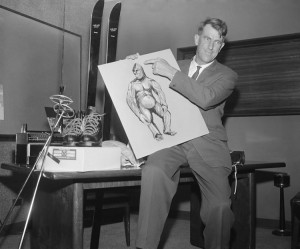
New Zealand mountain climber Sir Edmund Hillary shows an artist’s illustration of the legendary Yeti. Hillary hoped to discover proof of the Yeti’s existence on a 1960 expedition to the Himalayas sponsored by World Book Encyclopedia. Credit: © Bettmann/Getty Images
Hillary was born in Auckland, New Zealand. His first job was in apiculture (beekeeping). Following his successful ascent of Mount Everest, Hillary spent much of the rest of his life supporting environmental causes and sponsoring humanitarian work in Nepal, building clinics, hospitals, and schools.

